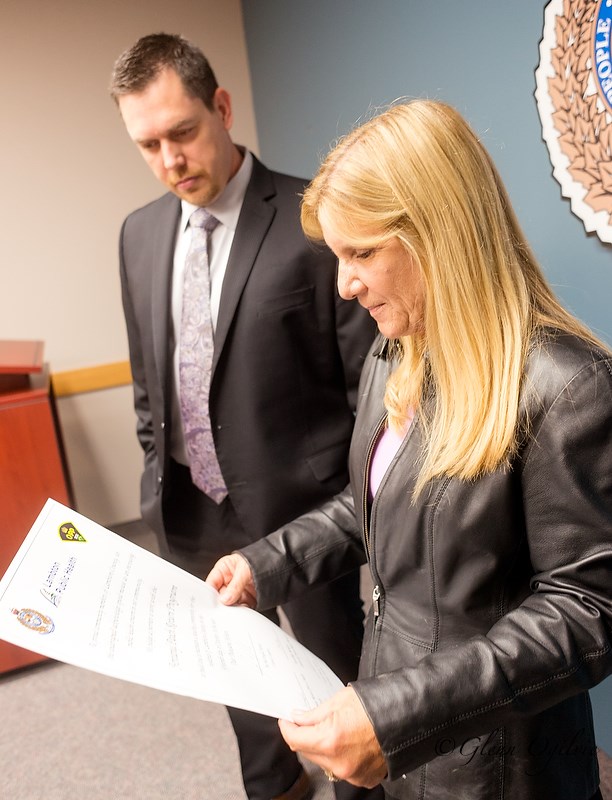Cathy Dobson
A new Fentanyl patch exchange program in Sarnia-Lambton won’t bring her son back, but Laurie Hicks is confident it will save other lives.
Ryan Hicks, 25, died in March from a Fentanyl addiction he’d fought hard to overcome. In fact, he’d just finished months of rehab and was about to move into a sober living facility in Kingston when police found him dead in a London hotel.
He had abused Fentanyl, a powerful synthetic opioid that’s 100 times more potent than morphine and 40 times more potent than heroin.
Sarnia Police say the city has a serious Fentanyl abuse problem. In 2013, five people in Sarnia died of Fentanyl overdose, the same number as London, which has a population four times as large.
The local death rate from Fentanyl overdose is 4.5 times the provincial average, and the most recent fatality in Sarnia occurred just three weeks ago.
The drug is easily accessible, either through prescription or illegal means. In southwestern Ontario it sells on the street for about $400 a patch, says Det. Const. Mike Howell of Sarnia Police Services.
He was among a group of police and public health officials who launched a new exchange program last week that will require prescription users to return used patches before receiving more from a pharmacy.
Local pharmacists will police how many patches are returned and will be able to dispose of them properly.
It’s common practice for prescription users to “divert” patches to abusers who smoke, chew or inject the opiate.
“But if someone has a prescription for 10 patches per month and doesn’t bring back 10, the new program means a red flag will go up that there’s either abuse or diversion going on,” said Howell.
People who legitimately need Fentanyl to kill pain will still get it but the patches will no longer be illegally misused, he said.
North Bay was the first city in Ontario to launch a similar patch-for-a-patch program. Since its inception in 2014 that city has had no deaths related to Fentanyl overdose, according to police.
“After Ryan died, we said, ‘This is crazy. If you have to hand your old patch in to get a new patch, this wouldn’t happen,’” said Laurie Hicks who attended the program launch at Sarnia police headquarters with her family.
“If just one life is saved because of this, it will be worthwhile,” said Ryan’s sister Brienne.
“Before he died, Ryan told us that every time you use Fentanyl, you play Russian roulette,” said Laurie. “To me, the start of this exchange program in our community is like having Christmas in October.”
She credited Howell for working with the family and local health care professionals to spearhead the program.
“It wouldn’t have happened without him,” she said.
Also at the launch were Police Chief Phil Nelson, Mayor Mike Bradley, Deputy Warden Ian Veen, Medical Officer of Health Dr. Sudit Ranade, Det. Chris Auger from Lambton OPP, and Karen Riley representing the Ontario College of Pharmacists.
“No one can express the devastating impact of Fentanyl better than a family,” said Dr. Ranade. “This is an important initiative and a first step in fighting the larger substance abuse picture.”
